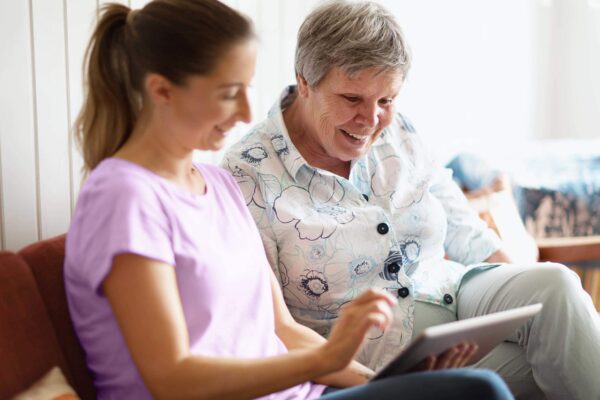How can technology help make healthcare safer for the LGBTQ+ community? Written by Alicia Ahmed, Customer Success Manager at Radar Healthcare.
What is Radar Healthcare?
Here at Radar Healthcare, we have the opportunity and responsibility to improve patient safety and quality of care for all.
As part of the integrated software and systems we provide to our 70,000+ customers, organisations are able to transform unreliable and outdated processes and inconsistent communications into a much more streamlined and centralised approach, bringing healthcare into the 21st century.
Health inequalities within the NHS
More than 108,000 UK residents took part in the 2017 National LGBT survey, which found that more than one in six (16%) of respondents who’d accessed (or had tried to access) public health services had a negative experience due to their sexual orientation.
What’s more, more than half (51%) who had tried to access mental health services through the NHS said they had to wait too long, 27% were too worried, anxious or embarrassed about doing so, and 16% admitted their GP was not supportive of them.
Following its release five years ago, the Government Equalities Office compiled an LGBT+ Action Plan which aimed to address and resolve some of the main takeaways of the survey.
When discussing disproportionate inequalities within the LGBTQ+ community itself, one must acknowledge the topic of intersectionality, as not all minorities falling within this term are as well represented as each other.
For example, the team at Cancer Research UK have previously reported that cases of sex-associated cancers in patients identifying as transgender are often found too late – or even missed altogether – as a result of unclear processes and frameworks within healthcare settings.
But how can technology help to improve the healthcare experiences of LGBTQ+ individuals?
There are an abundance of opportunities for compliance tracking through Radar Healthcare to assist in the training and education around the treatment of LGBTQ+ individuals of all ages, in order to improve their experiences within the healthcare sector.
For example, a report from the LGBT Foundation highlighted that more than three quarters (78%) of care home staff had no LGBTQ+ specific training in their place of work, with just 9% of care home settings making any LGBTQ+ specific literature available, and only 8% offering any contact with external LGBTQ+ organisations for residents.
Another way that technology can help provide comfort in an unfamiliar and often intimidating environment to members of the LGBTQ+ community is by acknowledging and keeping an online record of a patient’s preferred pronouns, as well as the fact that their partner/spouse is in fact their significant other, and not their sibling, friend or colleague.
These kinds of details should only need to be clarified once in order to avoid the individual answering the same question to multiple healthcare professionals over and over again.
Supporting LGBTQ+ Healthcare Workers
For the tens of thousands of healthcare workers in the UK who identify as part of the LGBTQ+ community, it is also extremely important to ensure access to safe and supportive working environments.
Digital systems holding personal information on a ‘need to know’ basis can be updated quickly and easily for those that require certain information about an employee, such as line managers, HR teams and colleagues working alongside them on a daily basis. This can help in supporting those dealing with the challenges of their own personal and unique journey, and minimise any extra hassle or admin.
Ultimately, learning from healthcare incidents – both in a positive and negative manner – can help to strengthen how LGBTQ+ patients feel about the time spent within a healthcare space. It can also go towards ongoing improvements that departments and organisations need to be striving to implement in order to provide equal care provisions for all.
For more info, CLICK HERE















